Keeping an organized business is the key to success. No matter how out of sight they are, keeping your retail stockroom organized may be the most valuable part of your business success.
Let's randomly ask anyone on the street about how they’d imagine the stockroom of a retail store. They may say that it's piled up with half-open boxes, products randomly distributed on shelves - or sometimes on the floor-, a little bit of a dusty place where no one would willingly be present and efficient.
But since it's where your most valuable retail inventory lay, you may change this imagery with a few effective and effortless tricks.
As the great Benjamin Franklin once said, “For every minute spent organizing, an hour is earned.”
To start constructing your super handy retail stockroom, it’s crucial to have a simple template to check all the supplies you’re keeping at the back. Once you write down the basics of what’s actually needed, it’s simpler to know where they’ll be placed. You can then work as your own architect and tailor the room to your needs.
Some questions to think about:
- How big is your space?
- How many people are working in the stockroom?
- What do you keep in the stockroom apart from your retail inventory? - office supplies, printers, papers, invoices, etc.
- What is the daily routine in your office?
Once you’ve made your decisions on practicality, let's see how you can make use of your stockroom in the most efficient way possible.
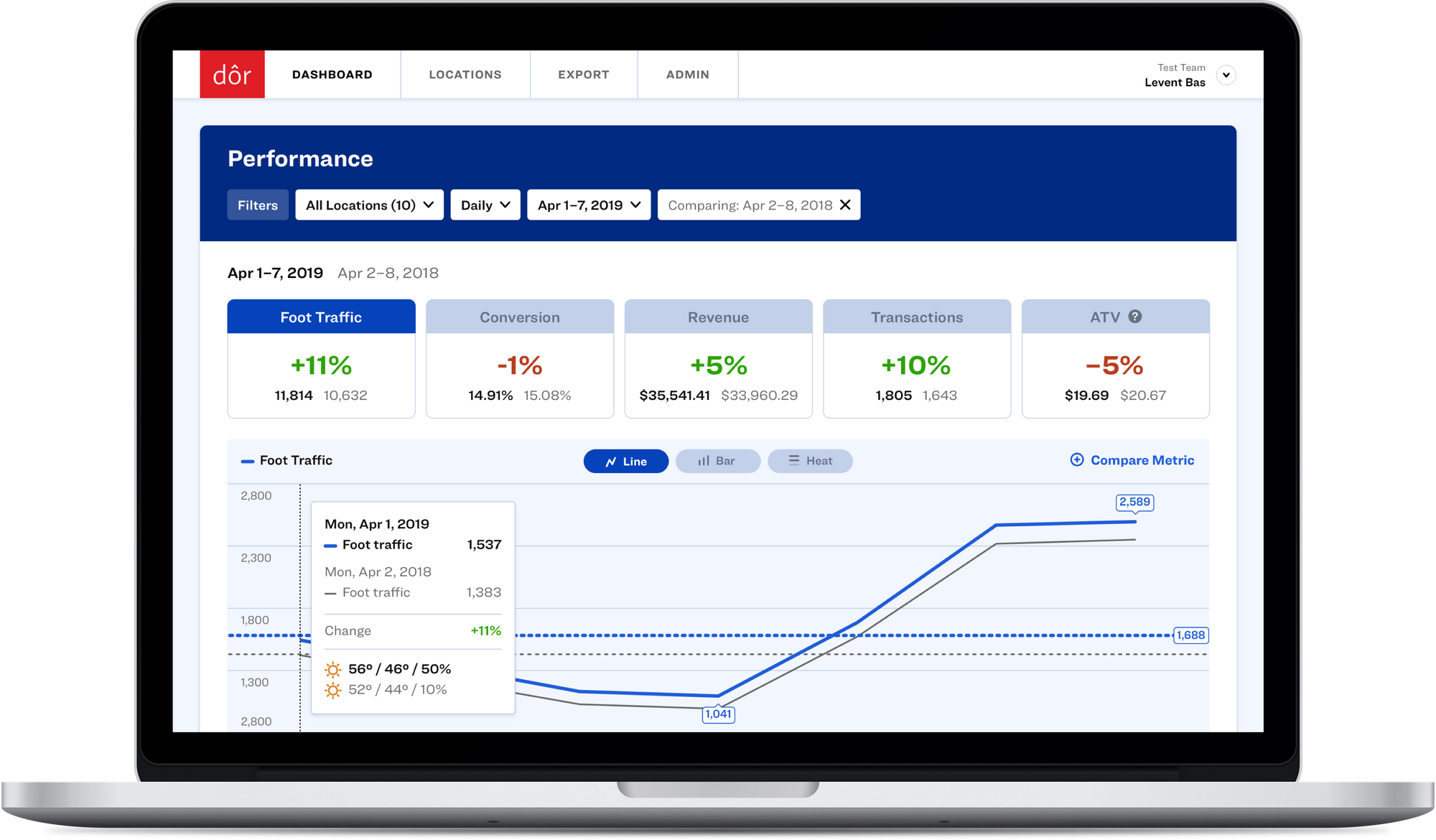
Did you know that a 1% increase in your store’s conversion rate can mean a 10% increase in revenue?
Click here to discover how Dor can help you understand your foot traffic data and make more profitable business decisions.
1. Declutter like Swedish design
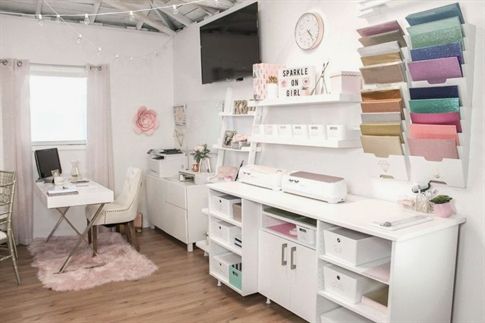
Treat your stockroom as you decorate an IKEA space. Break the place into managed units and design accordingly. Make sure where your retail store staff uses the most and make sure to keep all the necessary equipment in clutters so they are not going to walk back and forth trying to find their way into the room.
Think of the room as a bit of a workshop. Things should be handy and reachable to avoid chaos. There are a few augmented reality apps you can use to save some time.
2. Mind the walls all the time
Generally, the stockrooms offer a lot of horizontal space, so make sure you use those walls. By using the high ceiling, you can create additional spaces for your personnel to use. Below is an excellent example by a creative restaurateur.
Ladders can be very influential for extra office spaces. If you mind your walls and throw in some creativity, you can have more vertical space for storing and your other needs.
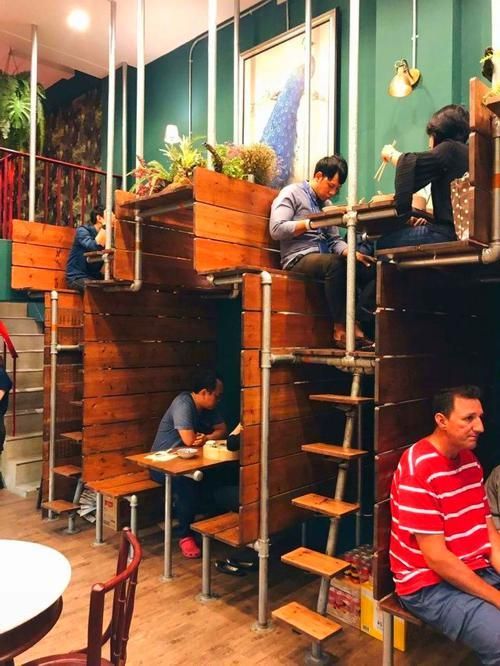
3. BFFs forever: boxes, shelves, and racks
Organizing is a lot simpler if you add some fun to it. You can recycle some of your old boxes, even paint them to your brand colors and create your own stations. These containers can be bought from your local container store or can be easily made DIY.
Please make sure you organize the retail inventory by their sell-out frequency so you can store the most frequently sold items on the lower shelves in a narrow box, so you can quickly restock them when needed. The big items can go in the back, so they are still seen on the eye level, and you can stock your least sold items at the top shelves so you won't have to deal with them daily.
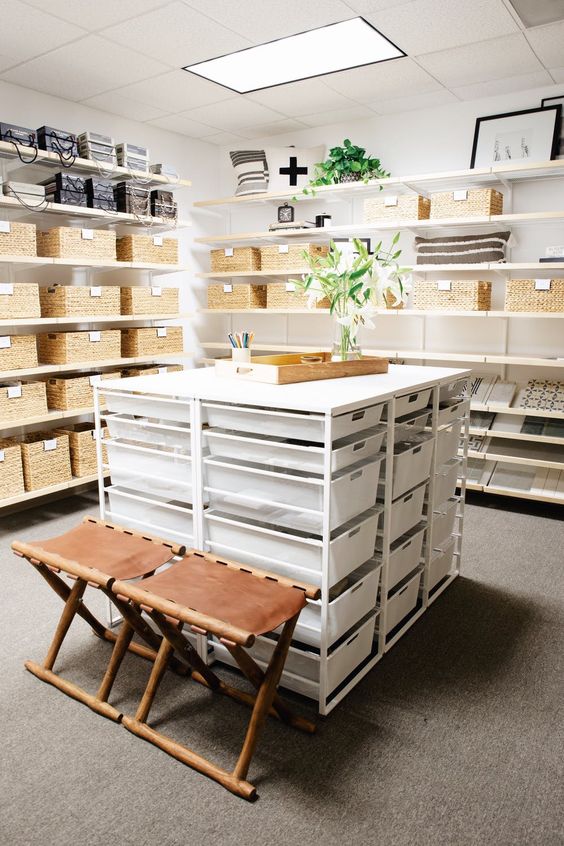
4. Observe predictive restocking miracle
Don't overstock your stockroom. This is a key element in keeping things tidy and efficient. Make sure you use some analytical system; sometimes, even a non-complicated excel sheet may be your solution to this.
You can keep track of your weekly stock cover and order the restocks accordingly to avoid too much inventory at the back office that will not sell for a couple of weeks. Keep a fast and frequent delivery routine with your supplier and try to avoid bulk buys. Currently, many retail inventory management software tools are adaptable to every size of retail business.
5. Put bookmarks to labels
Back in the days when “Bookmarks'' were not invented, the kids used to color-code their study folders. Those days may be over, but the use of colors and coding is not. Workaround some creative use of colored paper and stationery supplies, and create a labeling system that works for you and your retail employees.
They are going to be the ones who need to use them in practice, so make sure that the system is for everyone. The labeling systems can be sorted out according to the stuff you’d like to sell, the stuff you’ll want to hide, or the stuff that you’d like to keep in a safe space.
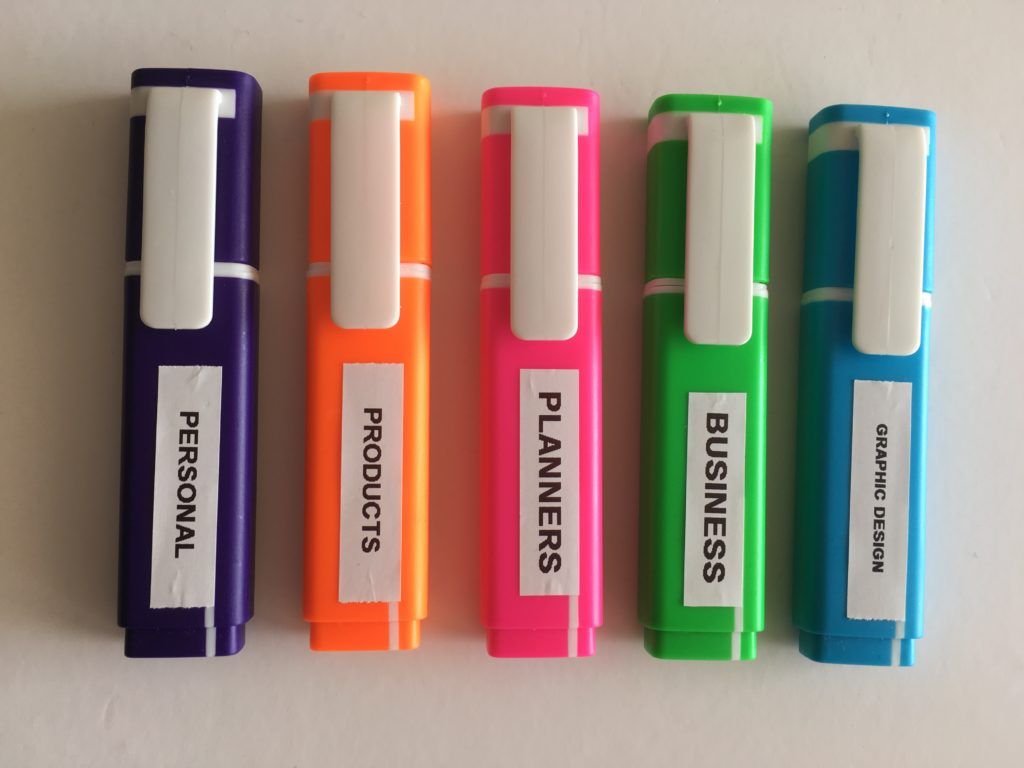
6. Operational M&Ms: Mobility & modularity
Once you go ahead and prepare the necessary storage equipment, please do not make them stick. With the help of new office furniture, these stationery items can move!
Keep in mind that the more mobile and modular these equipment are, the less you’ll spend time and effort changing the environment. The modular pieces can be reorganized when a new inventory arrives, and the furniture with wheels actually moves around to make new room for periodical changes you’d like to make.
7. Create a dust-free atmosphere
Cleanliness is essential in your life as well as in your stockroom. Create a standard cleaning chart of each modular unit you’ve planned and ensure the areas are cleaned regularly to avoid dust and odor. This area is where your stock is kept, where your employees eat, and where your inventory arrives, so there might be many hidden microbes lying around.
The perfectly clean stockroom will be a reflection of your business. Even though this area is usually closed from the view of the customer, it still reflects the image of your retail ideology, so cleaning should be on top of your organizational time plan.
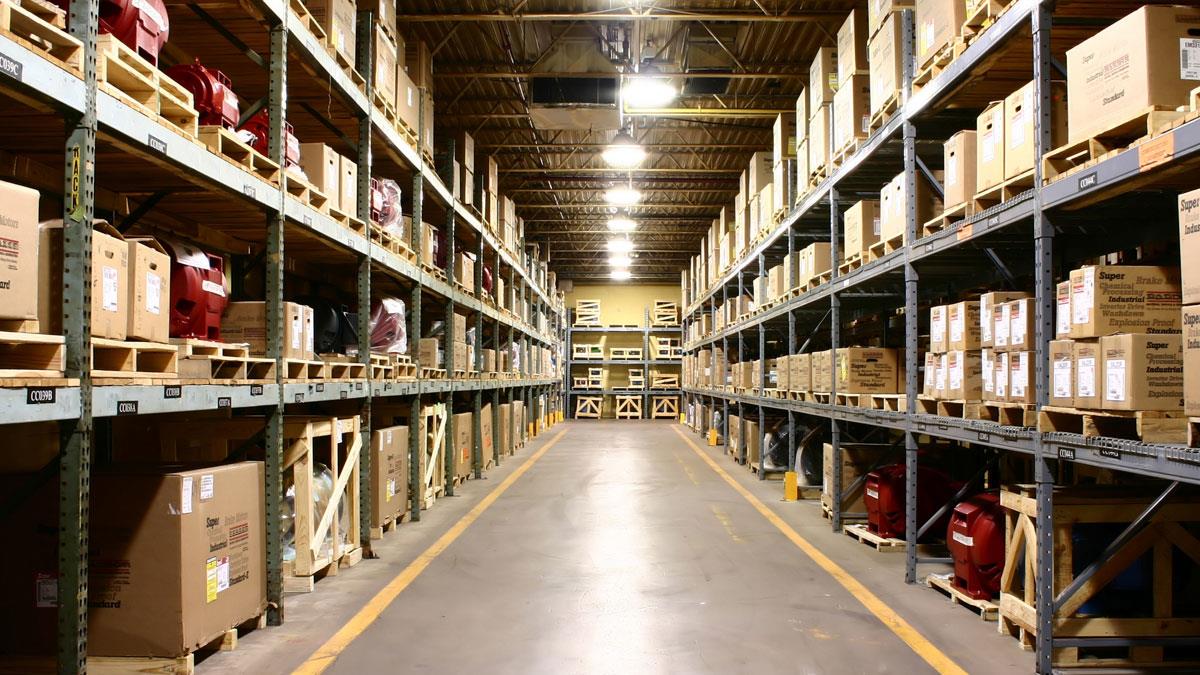
8. Make the rules & apply them.
Finally, the most important suggestion is to set a clear set of rules and procedures on how you'd like your retail stockroom to be kept. Make sure that your retail store employees are fully aware of what you expect from them and give them some feedback on the consequences of a disorganized stockroom.
It may also be essential to go through what actually happens in a stockroom with everyone, so they share the responsibility. You may prioritize the functions and even create certain access areas. When doing that, make sure you have some refreshment space planned for your employees to feel comfortable working in a space organized with them in mind.
Related: Excess Inventory: How to Liquidate Old and Surplus Stock in Retail